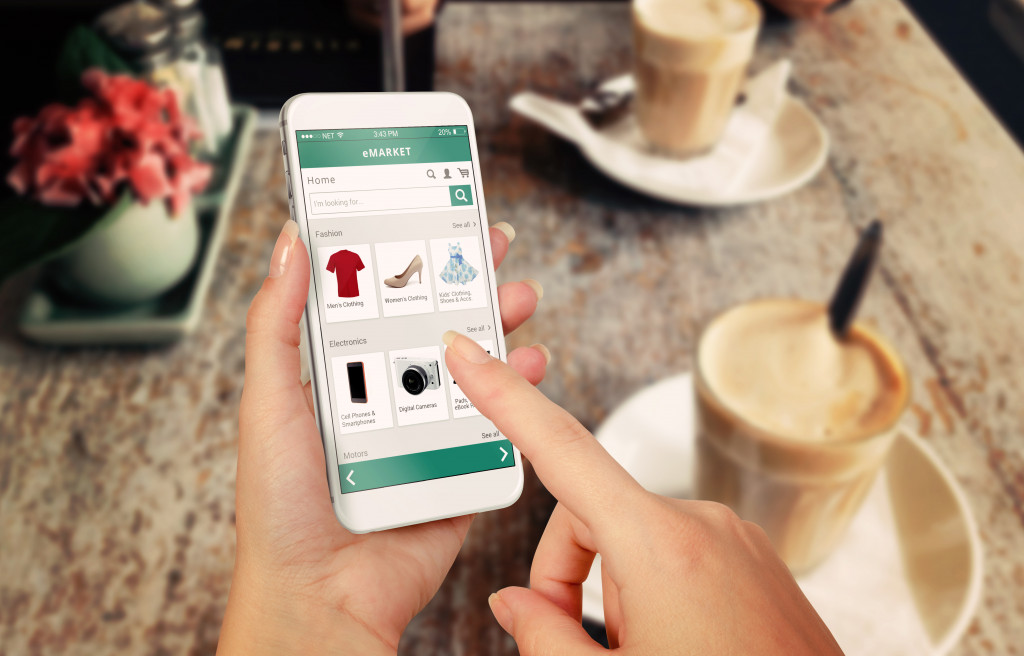It seems like minimalism lost favor in 2020, with most people buying more stuff than ever. Because all of us stayed home due to the pandemic, our space’s needs have increased. From home office equipment to fitness accessories, we added them to our carts. And now that the post-pandemic period is nearing, consumer spending is increasing yet again.
Though many of us suffered financial problems during the onset of COVID-19, it didn’t really stop us from spending. Bank of America surveyed 2,500 Americans last year and found that 64% changed their spending habits during the pandemic. Pet care, home, health & fitness, and shopping were the categories most Americans increased their spending on.
But aren’t we encouraged to shop less? Even before the pandemic, “de-cluttering” has been a widely-searched keyword on the internet. It started when Marie Kondo’s Netflix show garnered attention thanks to her iconic “this one doesn’t spark joy” line. And yet, it seems that the stuff we bought during the pandemic all sparked joy, encouraging us to buy and buy more.
Most-bought Stuff During the Pandemic
In Bank of America’s survey, the respondents’ pandemic monthly spending habits were compared to their 2019 monthly spending. Pet care spending went from $160 every month to $197; home spending from $1,831 to $1,997; health & fitness $270 to $286, and shopping $766 to 810.
The increase in pet care spending was due to pet ownership swelling during the pandemic. Since we just stayed at home, we had more time to care for our pets, and realize their needs and wants, like treats. Plus, pets are amazing stress relievers; they can make us forget the uncertainties brought by the pandemic.
However, though people appeared to spend more money during the pandemic, they actually spent less overall and saved more. In another survey, which was conducted by The Harris Poll on behalf of CIT bank, it was found that more than half of 2,000 consumers saved more than they typically did. 51%, meanwhile, planned to save more every month.
So if you bought a lot of stuff during the pandemic, check how well you’ve been doing with your savings since then. If your savings decreased while your stuff added up, it’s probably time to reevaluate your spending habits. If you can’t seem to stop buying, you might have a hoarding problem.
What is Hoarding?

Buying some stuff occasionally, or even frequently, is normal. Retail therapy is something we practice pretty often. Treating ourselves with nice things makes feel good. But if your happiness starts to be dependent on the things you buy, and de-cluttering makes you anxious, that might be a sign that you’re becoming a hoarder.
Hoarding is acquiring and saving lots of things with or without value. Every time you’re asked to get rid of a particular item, your first response if to save it “for the future”, even if you have no clear plans for that item. You believe that you wouldn’t be able to cope with your feelings if you disposed of some of your stuff. You may also think that you need to keep things, otherwise, you’re wasting them.
It’s still healthy and normal to keep the stuff you’ve accumulated over the years in storage units, like attics or custom-built storage sheds or buildings. Besides, we really do accumulate stuff as we live longer. Those can be tools, appliances, electronics, and other essential needs. But if it’s items without value that you’re keeping, and not in storage units but in useful spaces, that’s a clear sign of hoarding. In that case, reach out to someone who can help you seek psychological treatment.
Stuff To Get Rid of After the Pandemic
After the pandemic, we’ll return to our normal routines, and only see our homes early in the morning and at night. Hence, the stuff we got last year may have no value and purpose anymore later this year.
If you accumulated these items during the pandemic, consider getting rid of them ASAP:
- Plastic utensils. We’ve been ordering a lot of takeout since March 2020, so you unintentionally collected plastic utensils. However, if they only take up space in your kitchen cabinets, you’re better off without them.
- Condiment packets. Again, these are from your takeout orders. You don’t need them because you can buy condiment bottles instead, which creates less waste.
- Mismatched or warped food containers. If you don’t use them anymore, they’re only wasting your space.
- Expired pantry goods. No one is going to consume them anymore.
- Expired coupons. They’re useless, though instead of throwing them away, you can recycle them.
- Receipts. You can use them to write lists on, but you don’t need hundreds of them. Only keep important ones such as tax receipts.
Buying less and de-cluttering stuff you don’t need expands your space, both in your home and in your head. With a clearer mindset, you can budget more wisely, and only prioritize your absolute needs. You’ll also be less anxious, because you know where every item is, and you can keep everything in order.

